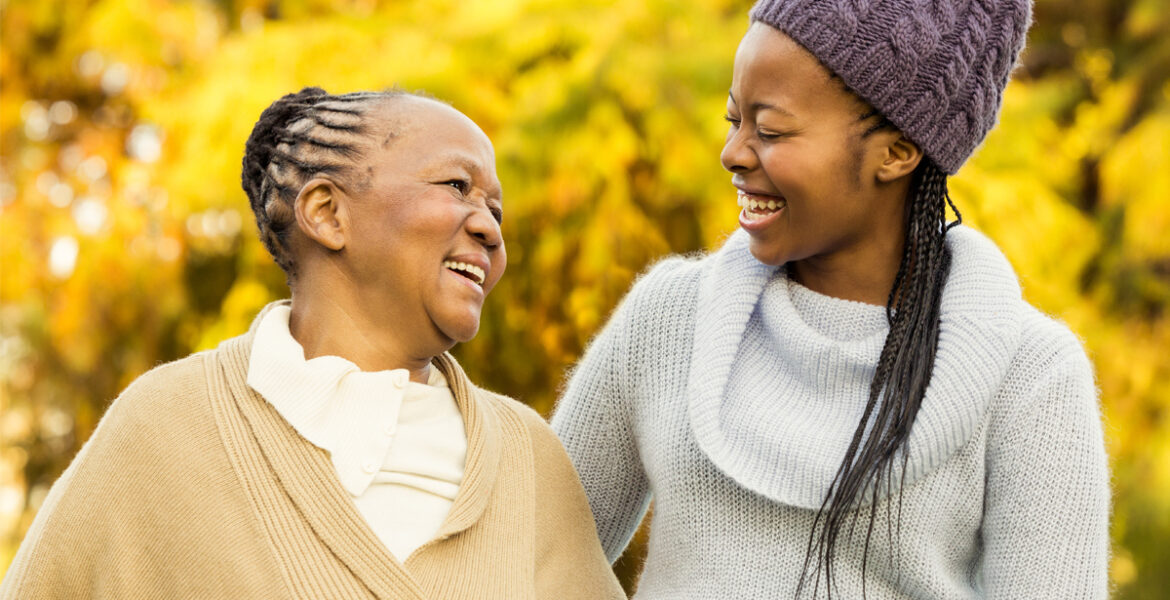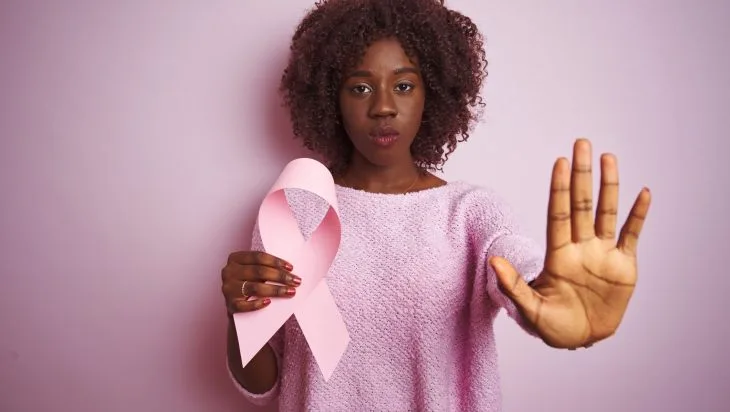It is interesting yet important to know the entire month of October is dedicated to boobs. That is creating awareness about breast cancer and other health issues relating to the breast.
Do you know breast cancer is the second most common cancer among women and Black women die from breast cancer at a higher rate than White women, according to research by the American Cancer Society?
The role boobs have played and are still playing in helping shape society cannot be taken lightly. From infants relying solely or majorly on it as their source of feed to keep them energized and to men who are the greatest benefactors (of which I cannot state the benefits they derive, because you are already privy to such intricate details).
Let’s go on a bumpy-joy ride as we expound on how boobs can be saved.
What Is Breast Cancer?
Breast cancer is an ailment where cells in the breast grow out of proportion.
There are various types of breast cancer. These are mainly based on which cells in the breast become cancerous.
Breast cancer can occur in varying parts of the breast. A breast is made up of three main parts: lobules, ducts, and connective tissue. The lobules are the glands that produce milk. The ducts are tubes that carry milk to the nipple. The connective tissue (which consists of fibrous and fatty tissue) surrounds and holds everything together. Most breast cancers begin in the ducts or lobules.
Breast cancer can spread outside the breast through blood vessels and lymph vessels. When breast cancer grows to other parts of the body, it is said to have metastasized.
The most common kinds of breast cancer are:
Invasive ductal carcinoma.
The cancer cells begin in the ducts and then grow outside the ducts into other parts of the breast tissue. Invasive cancer cells can also spread, or metastasize, to other parts of the body.
Invasive lobular carcinoma.
Cancer cells begin in the lobules and then spread from the lobules to the breast tissues that are close by. These invasive cancer cells can also spread to other parts of the body.
There are several other less common kinds of breast cancer, such as Paget’s disease, medullary, mucinous, and inflammatory breast cancer.

What Are Some Warning Signs of Breast Cancer?
- New lump in the breast or underarm.
- Swelling of part of the breast.
- Irritation of breast skin.
- Redness or flaky skin in the nipple area or breast.
- Pain in the nipple area.
- Nipple discharge other than breastmilk, and sometimes blood.
- Change in the shape or size of the breast.
- Pain in the area of the breast.
Keep in mind that these symptoms can happen with other conditions that are not cancer.
If you have any signs or symptoms that worry you, be sure to see your doctor right away.
Risk Factors You Cannot Change.
- Getting older: The risk for breast cancer increases with age. Most breast cancers are diagnosed after age 50.
- Genetic mutations: Women who have inherited changes (mutations) to certain genes, such as BRCA1 and BRCA2, are at higher risk of breast and ovarian cancer.
- Reproductive history: Starting menstrual periods before age 12 and starting menopause after age 55 expose women to hormones longer, raising their risk of getting breast cancer.
- Having dense breasts: Dense breasts have more connective tissue than fatty tissue, which can sometimes make it hard to see tumors on a mammogram. Women with dense breasts are more likely to get breast cancer.
- Personal history of breast cancer or certain non-cancerous breast diseases: Women who have had breast cancer are more likely to get breast cancer a second time. Some non-cancerous breast diseases such as atypical hyperplasia or lobular carcinoma in situ are associated with a higher risk of getting breast cancer.
Take note: Being physically active, dieting properly, not smoking, breastfeeding your child if possible and avoiding alcohol can help lower your risk of getting breast cancer.

How Is Breast Cancer Treated?
Breast cancer is treated in several ways. It depends on the kind of breast cancer and how far it has spread. People with breast cancer often get more than one kind of treatment.
- Surgery: An operation where doctors cut out cancer tissue.
- Chemotherapy: Using special medicines to shrink or kill cancer cells. The drugs can be pills you take or medicines given in your veins, or sometimes both.
- Hormonal therapy: Blocks cancer cells from getting the hormones they need to grow.
- Biological therapy: Works with your body’s immune system to help it fight cancer cells or to control side effects from other cancer treatments.
- Radiation therapy: Using high-energy rays (similar to X-rays) to kill cancer cells.
Breast Cancer In Men
It is very rare to see men with breast cancer, because 1 out of 100 breast cancer reported was a man, according to the American Cancer Society.
Symptoms are:
- A lump or swelling in the breast.
- Redness or flaky skin in the breast.
- Irritation or dimpling of breast skin.
- Nipple discharge.
- Pulling in the nipple or pain in the nipple area.
Conclusion
Boobs deserve salvation and do not wait till the situation gets worse before seeking professional medical assistance.



I respect your dedication to providing high-quality content for your readers. Thanks for sharing your knowledge and expertise.